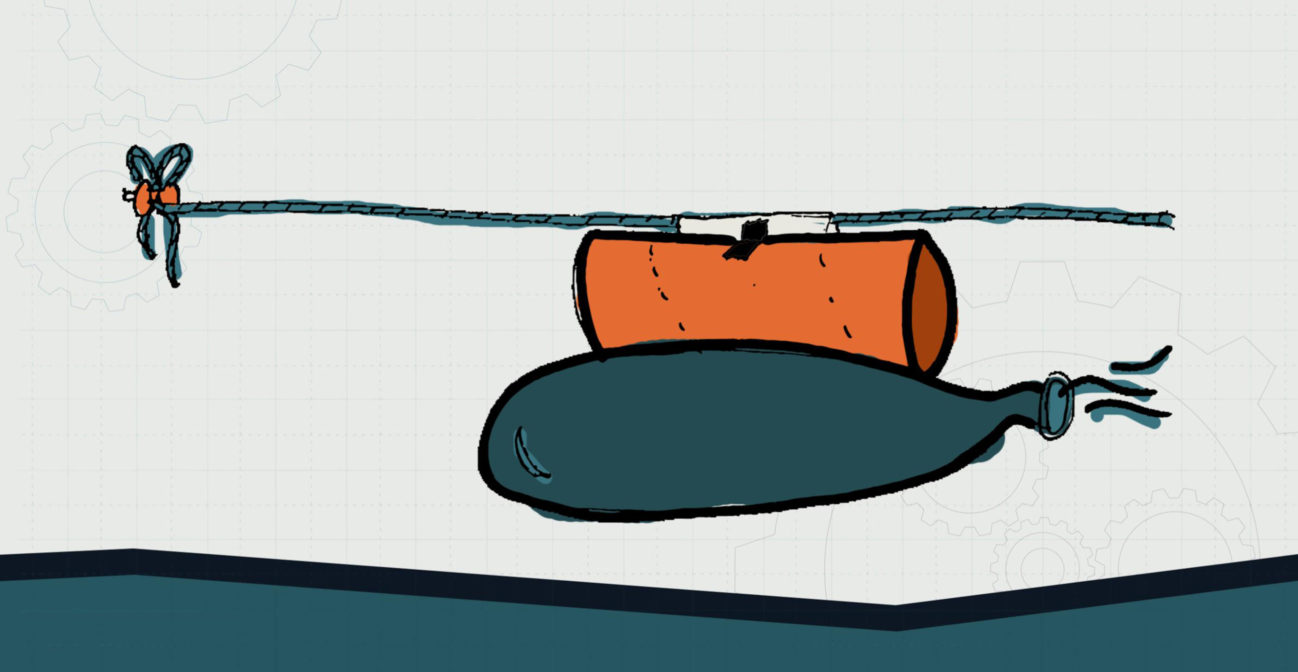Join us for conversations that inspire, recognize, and encourage innovation and best practices in the education profession.
Available on Apple Podcasts, Spotify, Google Podcasts, and more.

ELEMENTARY SCHOOL – LEVEL 2
Get your kids in the competitive spirit and see who can build the best balloon vehicle. Have your students design a racer to attach to a balloon. Anything they can create is great, as funky as they want to be. We hope to see propeller planes and furry creatures.
MATERIALS NEEDED:
❏ Balloons
❏ Straws
❏ String
❏ Tape
❏ Your homemade vehicle
DIRECTIONS:
OBJECTIVE: Students will be able to design a balloon-powered vehicle to study the motion of unbalanced and balanced forces.
ESSENTIAL QUESTION(S):
NGSS CONNECTION:
3-PS2-1. Plan and conduct an investigation to provide evidence of the effects of balanced and unbalanced forces on the motion of an object.
3-PS2-2. Make observations and/or measurements of an object’s motion to provide evidence that a pattern can be used to predict future motion.
COMMON CORE CONNECTION:
ELA/Literacy
RI.3.1 Ask and answer questions to demonstrate understanding of a text, referring explicitly to the text as the basis for the answers.
W.3.7 Conduct short research projects that build knowledge about a topic.
W.3.8 Recall information from experiences or gather information from print and digital sources; take brief notes on sources and sort evidence into provided categories.
Mathematics
MP.2 Reason abstractly and quantitatively.
MP.5 Use appropriate tools strategically.
DOK:
Level 4: Extended Thinking